Revealing the Effect of Phase Composition and Transformation on the Mechanical Properties of a Cu–6Ni–6Sn–0.6Si Alloy
Abstract
:1. Introduction
2. Experimental Method
2.1. Sample Preparation
2.2. Microstructure Analysis
2.3. Mechanical Properties Test
3. Results
3.1. Microstructures of As-Cast Sample
3.2. Microstructures of Solution-Treated Sample
3.3. Microstructures of As-Annealed Samples
3.4. Mechanical Properties of the Cu–6Ni–6Sn–0.6Si Alloy
4. Discussion
4.1. Phase Composition and Transformation of the Cu–6Ni–6Sn–0.6Si Alloy
4.2. Mechanisms of the Mechanical Properties Variation of the As-Annealed Sample
5. Conclusions
- There are two types of second phases, which are the Ni5Si2 primary phase and the Sn-rich phase in the as-cast sample of the Cu–6Ni–6Sn–0.6Si alloy. The Ni5Si2 primary phase cannot be dissolved into the matrix and still exists after hot rolling followed by solution treatment, but the Sn-rich phase disappears and dissolves into the matrix through hot rolling followed by solution treatment.
- There are numerous DO22 and L12 precipitates in the as-annealed sample of the Cu–6Ni–6SN–0.6Si alloy. The generation of DO22 and L12 precipitates is promoted, but the generation of discontinuous precipitation of the γ phase is prohibited severely during the annealing process.
- The mechanical properties of as-annealed sample can be significantly improved compared with the as-rolled sample. High strength is mainly attributed to the existence of numerous DO22 and L12 precipitates. Good ductility can mainly be ascribed to the generation of DO22 and L12 precipitates and annealing softening.
Author Contributions
Funding
Institutional Review Board Statement
Informed Consent Statement
Data Availability Statement
Acknowledgments
Conflicts of Interest
References
- Zhao, C.; Wang, Z.; Li, D.; Xie, M.; Kollo, L.; Luo, Z.; Zhang, W.; Prashanth, K.G. Comparison of additively manufacturing samples fabricated from pre-alloyed and mechanically mixed powders. J. Alloys Compd. 2020, 830, 154603. [Google Scholar] [CrossRef]
- Zhang, Y.; Xiao, Z.; Zhao, Y.; Li, Z.; Xing, Y.; Zhou, K. Effect of thermo-mechanical treatments on corrosion behavior of Cu-15Ni-8Sn alloy in 3.5 wt% NaCl solution. Mater. Chem. Phys. 2017, 199, 54–66. [Google Scholar] [CrossRef]
- Kwo, P.Y.; Lacerda, M.A. After the Direct-acting Antivirals Are Gone, There Is Still Work to Be Done in the Liver. Gastroenterology 2016, 151, 582–584. [Google Scholar] [CrossRef] [Green Version]
- Cribb, W.R.; Grensing, F.C. Spinodal copper alloy C72900—New high strength antifriction alloy system. Can. Metall. Quart. 2013, 50, 232–239. [Google Scholar] [CrossRef]
- Cribb, W.R.; Gedeon, M.J.; Grensing, F.C. Performance Advances in Copper-Nickel-Tin Spinodal Alloys. Adv. Mater. Process 2013, 9, 20–25. [Google Scholar]
- Caris, J.; Varadarajan, R.; Stephens, J.J.; Lewandowski, J.J. Microstructural effects on tension and fatigue behavior of Cu–15Ni–8Sn sheet. Mater. Sci. Eng. A 2008, 491, 137–146. [Google Scholar] [CrossRef]
- Singh, J.B.; Cai, W.; Bellon, P. Dry sliding of Cu–15 wt% Ni–8 wt% Sn bronze: Wear behaviour and microstructures. Wear 2007, 263, 830–841. [Google Scholar] [CrossRef]
- Wang, J.; Zhou, X.L.; Li, J.; Brochu, M.; Zhao, Y.F. Microstructures and properties of SLM-manufactured Cu-15Ni-8Sn alloy. Addit. Manuf. 2020, 31, 100921. [Google Scholar] [CrossRef]
- Liao, Y.; Xie, M.; Chen, H.; Xie, W.; Wang, H.; Yang, B. Thermodynamics and kinetics of discontinuous precipitation in Cu–9Ni–x Sn alloy. J. Alloys Compd. 2020, 827, 154314. [Google Scholar] [CrossRef]
- Cheng, J.; Zhang, S.; Gan, X.; Li, Z.; Zhou, K. Wear regime and wear mechanism map for spark-plasma-sintered Cu-15Ni-8Sn-0.2Nb alloy under oil lubrication. J. Mater. Eng. Perform. 2019, 28, 4187–4196. [Google Scholar] [CrossRef]
- Abboud, J.A.H.; Dwarakadasa, E.S. Modification of the spinodal hardening in a Cu-9 wt% Ni-6 wt% Sn alloy by 0. 1 wt% silicon or aluminium addition. J. Mater. Sci. Lett. 1983, 2, 233–235. [Google Scholar]
- Schwartz, L.H.; Mahajan, S.; Plewes, J.T. Spinodal decomposition in a Cu-9 wt% Ni-6 wt% Sn alloy. Acta. Metall. 1974, 22, 601–609. [Google Scholar] [CrossRef]
- Fan, J.; Liu, Z.; Zhai, H.; Wang, X.; Wang, Y.; Li, Y.; Zhou, X.; Wu, S.; Liu, J. Effect of Co content on the microstructure, spreadability, conductivity and corrosion resistance of Sn-0. 7 Cu alloy. Microelectron. Reliab. 2020, 107, 113615. [Google Scholar] [CrossRef]
- Miki, M.; Ogino, Y. Effects of doped elements on the cellular precipitation in Cu-10 Ni-8 Sn alloy. Mater. Trans. JIM 1994, 35, 313–318. [Google Scholar] [CrossRef] [Green Version]
- Gao, M.; Chen, Z.; Kang, H.; Li, R.; Wang, W.; Zou, C.; Wang, T. Effects of Nb addition on the microstructures and mechanical properties of a precipitation hardening Cu-9Ni-6 n alloy. Mater. Sci. Eng. A 2018, 715, 340–347. [Google Scholar] [CrossRef]
- Ouyang, Y.; Gan, X.; Li, Z.; Zhou, K.; Zhang, S.; Jiang, Y.; Zhang, X. Microstructure evolution of a Cu-15Ni-8Sn-0.8Nb alloy during prior deformation and aging treatment. Mater. Sci. Eng. A 2017, 704, 128–137. [Google Scholar] [CrossRef]
- Ouyang, Y.; Gan, X.P.; Zhang, S.Z.; Li, Z.; Zhou, K.C.; Jiang, Y.X.; Zhang, X.W. Age-hardening behavior and microstructure of Cu-15Ni-8Sn-0.3Nb alloy prepared by powder metallurgy and hot extrusion. Trans. Nonferrous Met. Soc. China 2017, 27, 1947–1955. [Google Scholar] [CrossRef]
- Lei, Q.; Li, Z.; Zhu, A.; Qiu, W.; Liang, S. The transformation behavior of Cu–8.0Ni–1.8Si–0.6Sn–0.15Mg alloy during isothermal heat treatment. Mater. Charact. 2011, 62, 904–911. [Google Scholar] [CrossRef]
- Zhao, C.; Zhang, W.; Wang, Z.; Li, D.; Luo, Z.; Yang, C.; Zhang, D. Improving the mechanical properties of Cu-15Ni-8Sn alloys by addition of Titanium. Materials 2017, 10, 1038. [Google Scholar] [CrossRef] [PubMed] [Green Version]
- Zheng, Z.; Guo, P.; Li, J.; Yang, T.; Song, Z.; Xu, C.; Zhou, M. Effect of cold rolling on microstructure and mechanical properties of a Cu–Zn–Sn–Ni–Co–Si alloy for interconnecting devices. J. Alloys Compd. 2020, 831, 154842. [Google Scholar] [CrossRef]
- Wang, Y.; Qiu, X.M.; Sun, D.Q.; Yin, S.Q. Influence of Ti on microstructure and strength of c-BN/Cu–Ni–Sn–Ti composites. Int. J. Refract. Met. Hard Mater. 2011, 29, 293–297. [Google Scholar] [CrossRef]
- Li, N.J.; Li, X.N.; Li, Z.M.; Yu, Q.X.; Zheng, Y.H.; Hu, Y.L.; Wang, Q.; Dong, C.; Jiang, Y.X.; Zhang, X.W. Differential effects of Zn and Co solutes on the properties of Cu–Ni–Sn alloys. Intermetallics 2020, 125, 106894. [Google Scholar] [CrossRef]
- Guo, C.; Wan, J.; Chen, J.; Xiao, X.; Huang, H.; Liu, J.; Yang, B. Inhibition of discontinuous precipitation and enhanced properties of Cu–15Ni–8Sn alloy with Fe addition. Mater. Sci. Eng. A 2020, 795, 139917. [Google Scholar] [CrossRef]
- Guo, C.; Chen, J.; Xiao, X.; Huang, H.; Wang, W.; Yang, B. The effect of Co addition on the modulated structure coarsening and discontinuous precipitation growth kinetics of Cu–15Ni–8Sn alloy. J. Alloys Compd. 2020, 835, 155275. [Google Scholar] [CrossRef]
- Yang, D.H.; Kim, Y.K.; Park, S.H.; Lee, K.A. Improved mechanical and thermophysical properties of additively manufactured Cu-Ni-Sn-P alloy by using aging treatment. J. Alloys Compd. 2021, 875, 160050. [Google Scholar] [CrossRef]
- Miki, M.; Ogino, Y. Effect of the addition of B and P on the cellular precipitation in Ni-Sn and Cu-Ni-Sn alloys. Nippon. Kinzoku Gakkaishi 1983, 47, 983–990. [Google Scholar]
- Wang, N.; Shen, Y.; An, Q.; Reddy, K.M.; Jin, M.; Karre, R.; Wang, X. Microstructure evolution and mechanical property of Cu-15Ni-8Sn-0.2 Nb alloy during aging treatment. J. Mater. Sci. Technol. 2021, 86, 227–236. [Google Scholar] [CrossRef]
- Zhao, C.; Wang, Z.; Li, D.; Pan, D.; Lou, B.; Luo, Z.; Zhang, W. Optimization of strength and ductility in an as-extruded Cu–15Ni–8Sn alloy by the additions of Si and Ti. J. Alloys Compd. 2020, 823, 153759. [Google Scholar] [CrossRef]
- Jeon, W.S.; Shur, C.C.; Kim, J.G.; Han, S.Z.; Kim, Y.S. Effect of Cr on the corrosion resistance of Cu–6 Ni–4 Sn alloys. J. Alloys Compd. 2008, 455, 358–363. [Google Scholar] [CrossRef]
- Yu, Q.X.; Li, X.N.; Wei, K.R.; Li, Z.M.; Zheng, Y.H.; Li, N.J.; Cheng, X.T.; Wang, C.Y.; Wang, Q.; Dong, C. Cu–Ni–Sn–Si alloys designed by cluster-plus-glue-atom model. Mater. Des. 2019, 167, 107641. [Google Scholar] [CrossRef]
- Guo, Z.; Jie, J.; Liu, S.; Liu, J.; Yue, S.; Zhang, Y.; Li, T. Suppression of discontinuous precipitation in age-hardening Cu-15Ni-8Sn alloy by addition of V. J. Alloys Compd. 2020, 813, 152229. [Google Scholar] [CrossRef]
- Guo, Z.; Jie, J.; Liu, S.; Zhang, Y.; Qin, B.; Wang, T.; Li, T. Effect of V addition on microstructures and mechanical properties of Cu-15Ni-8Sn alloy. Mater. Sci. Eng. A 2019, 748, 85–94. [Google Scholar] [CrossRef]
- Guo, Z.; Jie, J.; Liu, J.; Yue, S.; Liu, S.; Li, T. Effect of cold rolling on aging precipitation behavior and mechanical properties of Cu–15Ni–8Sn alloy. J. Alloys Compd. 2020, 848, 156275. [Google Scholar] [CrossRef]
- Peng, G.; Gan, X. Re-aging behavior of Cu–15Ni–8Sn alloy pretreated by dynamic strain aging. Mater. Sci. Eng. A 2019, 752, 18–23. [Google Scholar] [CrossRef]
- Li, J.; Ding, H.; Li, B. Study on the variation of properties of Cu–Cr–Zr alloy by different rolling and aging sequence. Mater. Sci. Eng. A. 2020, 802, 140413. [Google Scholar] [CrossRef]
- Liu, J.; Wang, X.; Chen, J.; Liu, J. The effect of cold rolling on age hardening of Cu-3Ti-3Ni-0.5 Si alloy. J. Alloys Compd. 2019, 797, 370–379. [Google Scholar] [CrossRef]
- Guo, C.; Shi, Y.; Chen, J.; Xiao, X.; Liu, B.; Liu, J.; Yang, B. Effects of P addition on spinodal decomposition and discontinuous precipitation in Cu-15Ni-8Sn alloy. Mater. Charact. 2021, 171, 110760. [Google Scholar] [CrossRef]
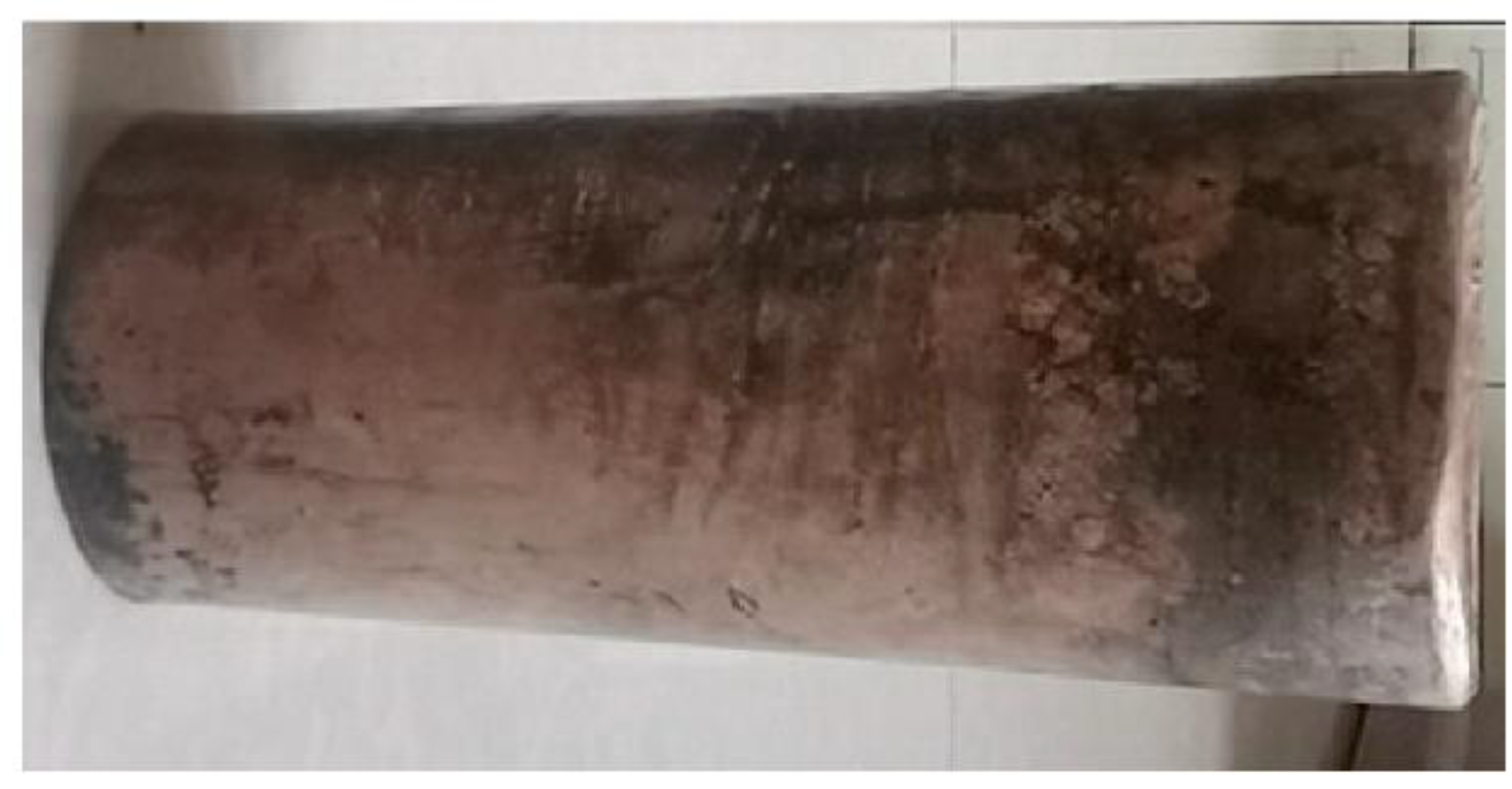

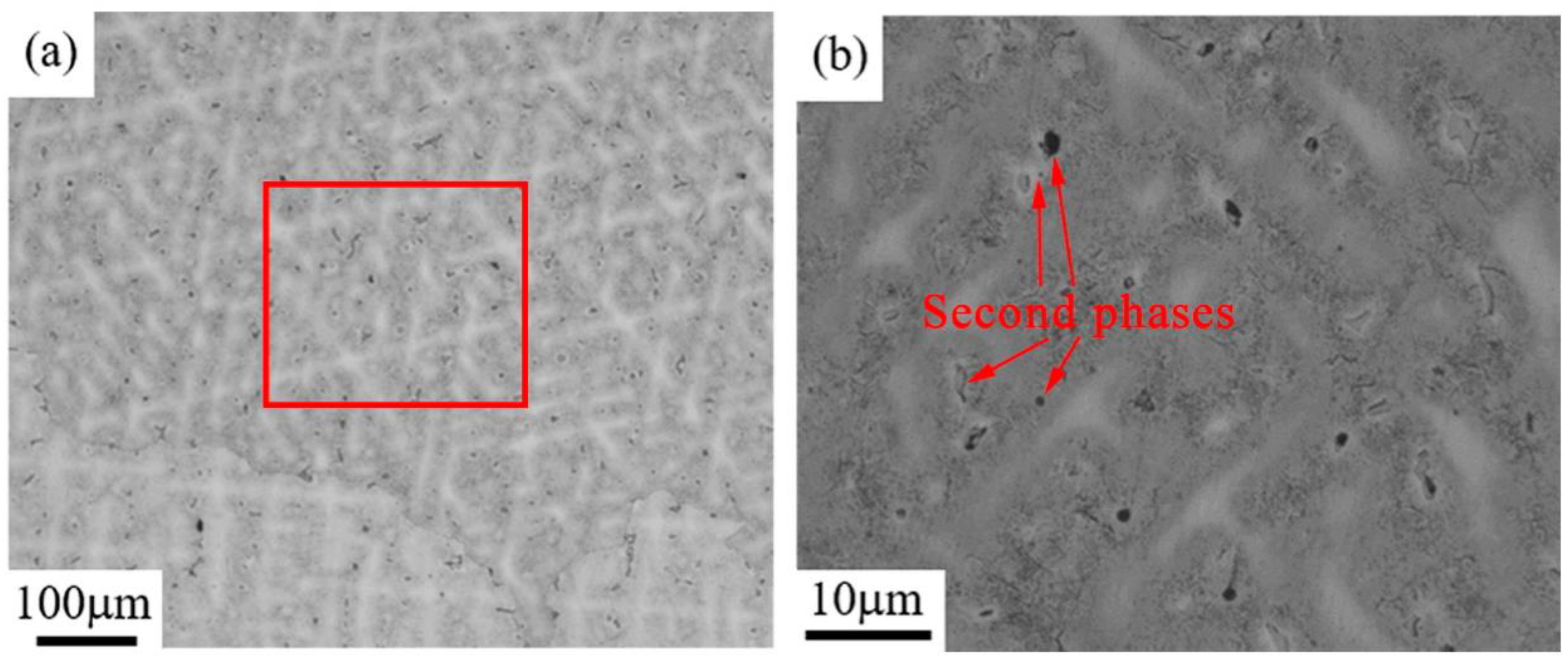
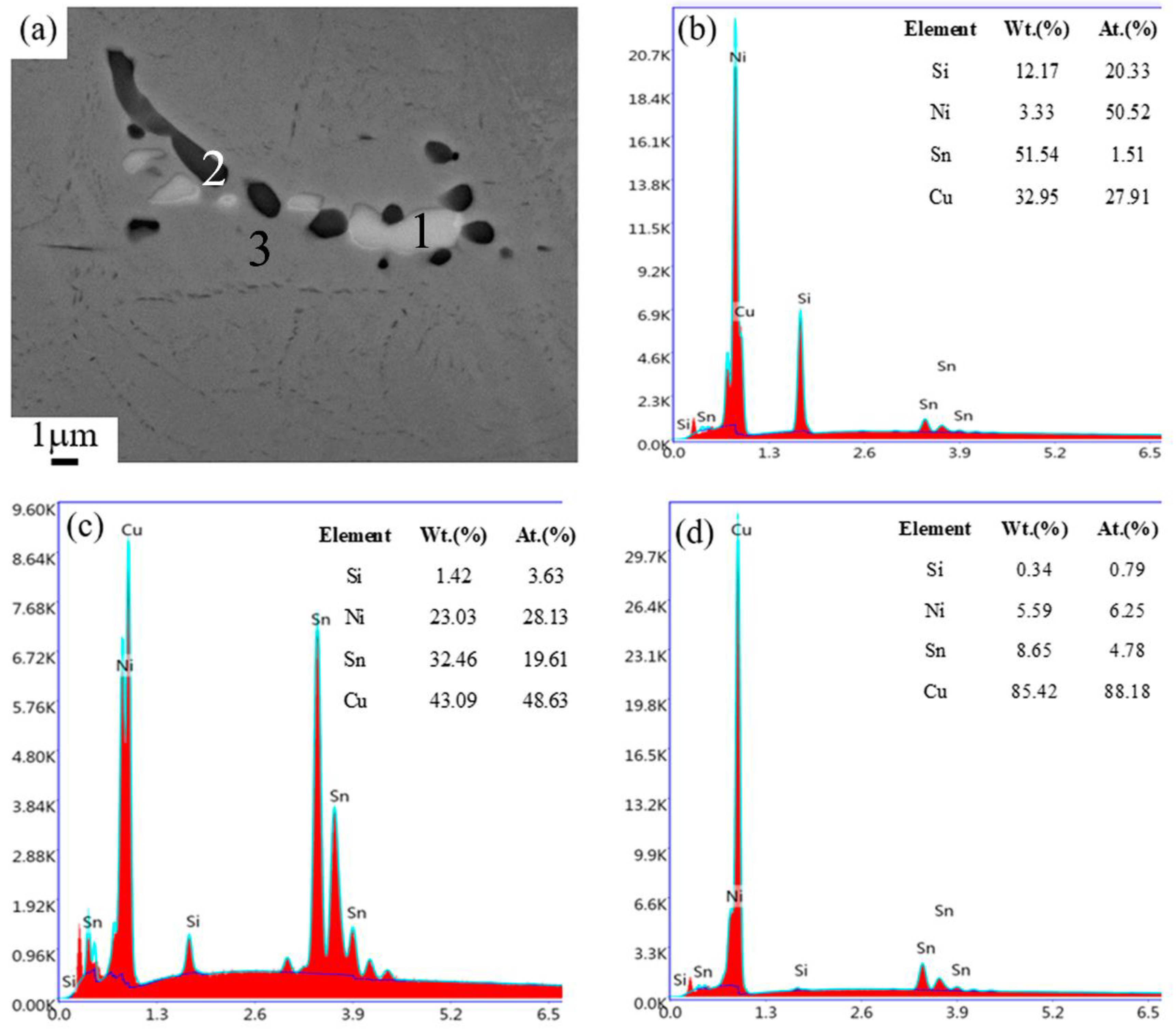
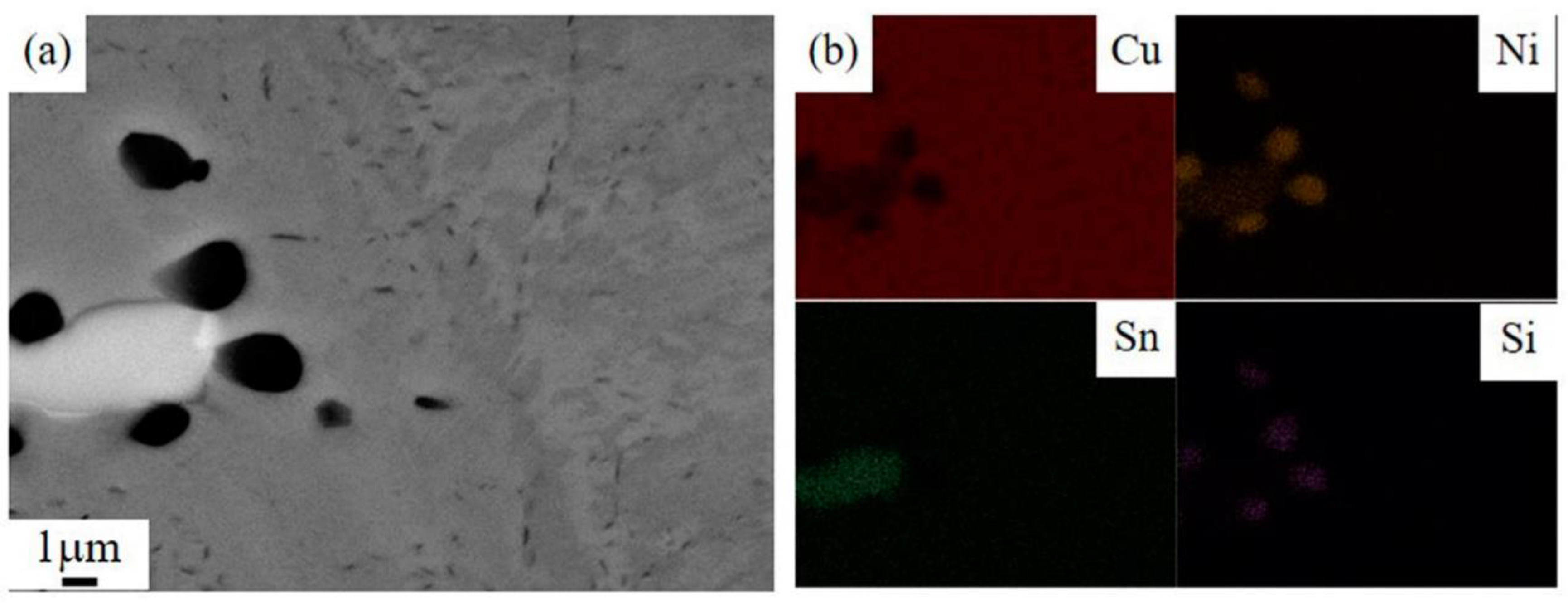
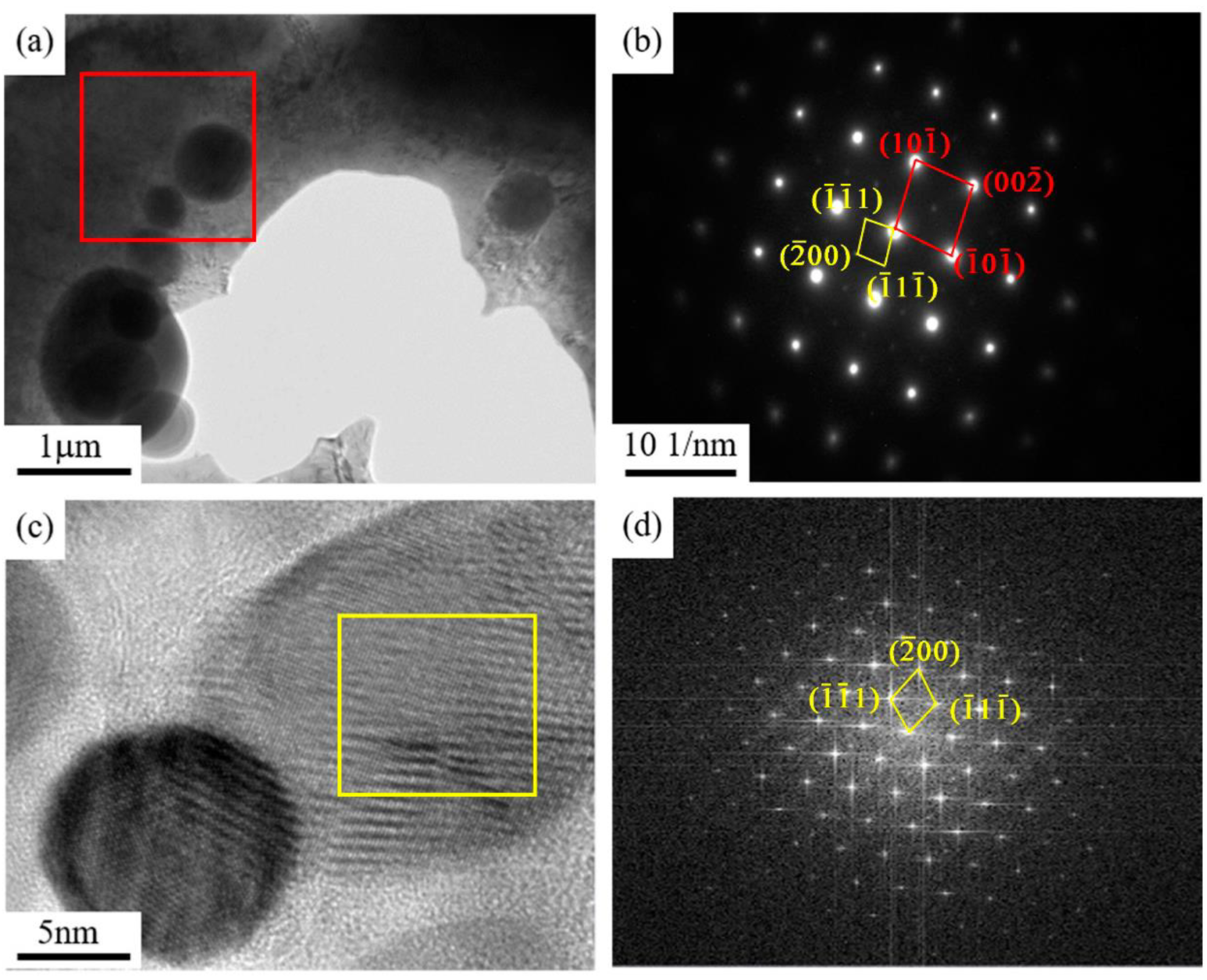
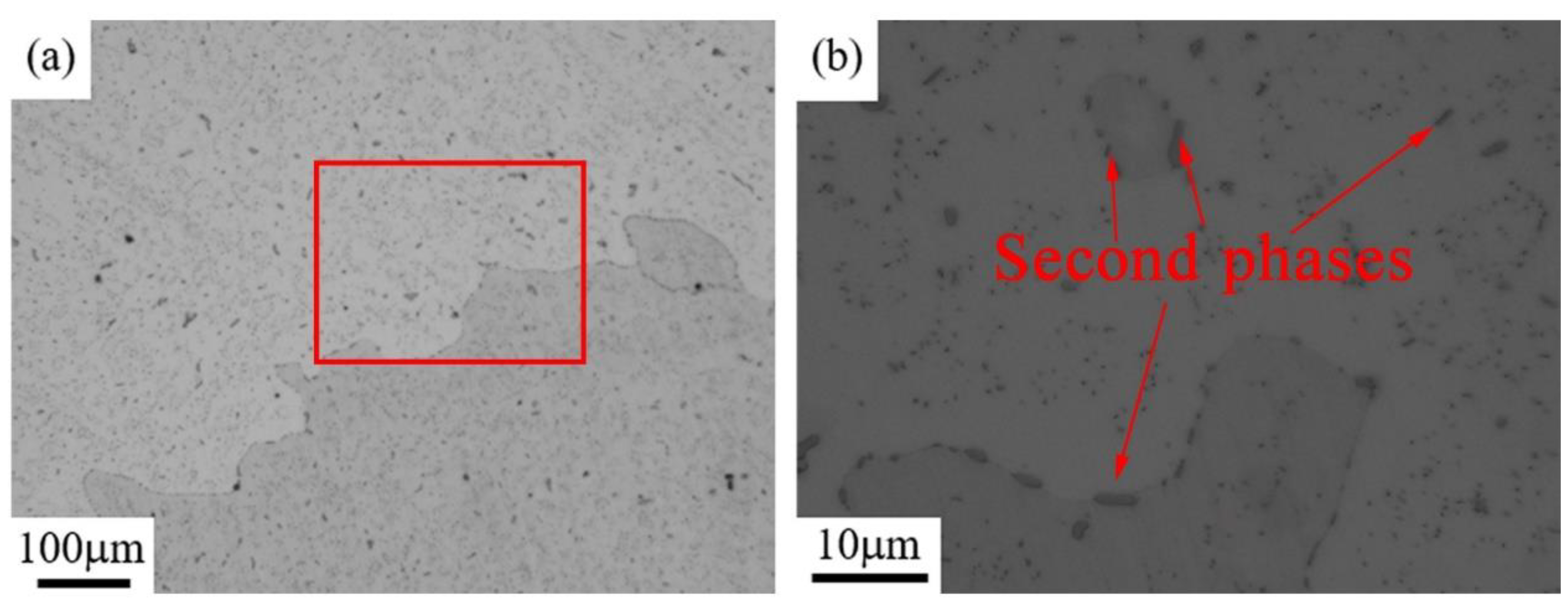
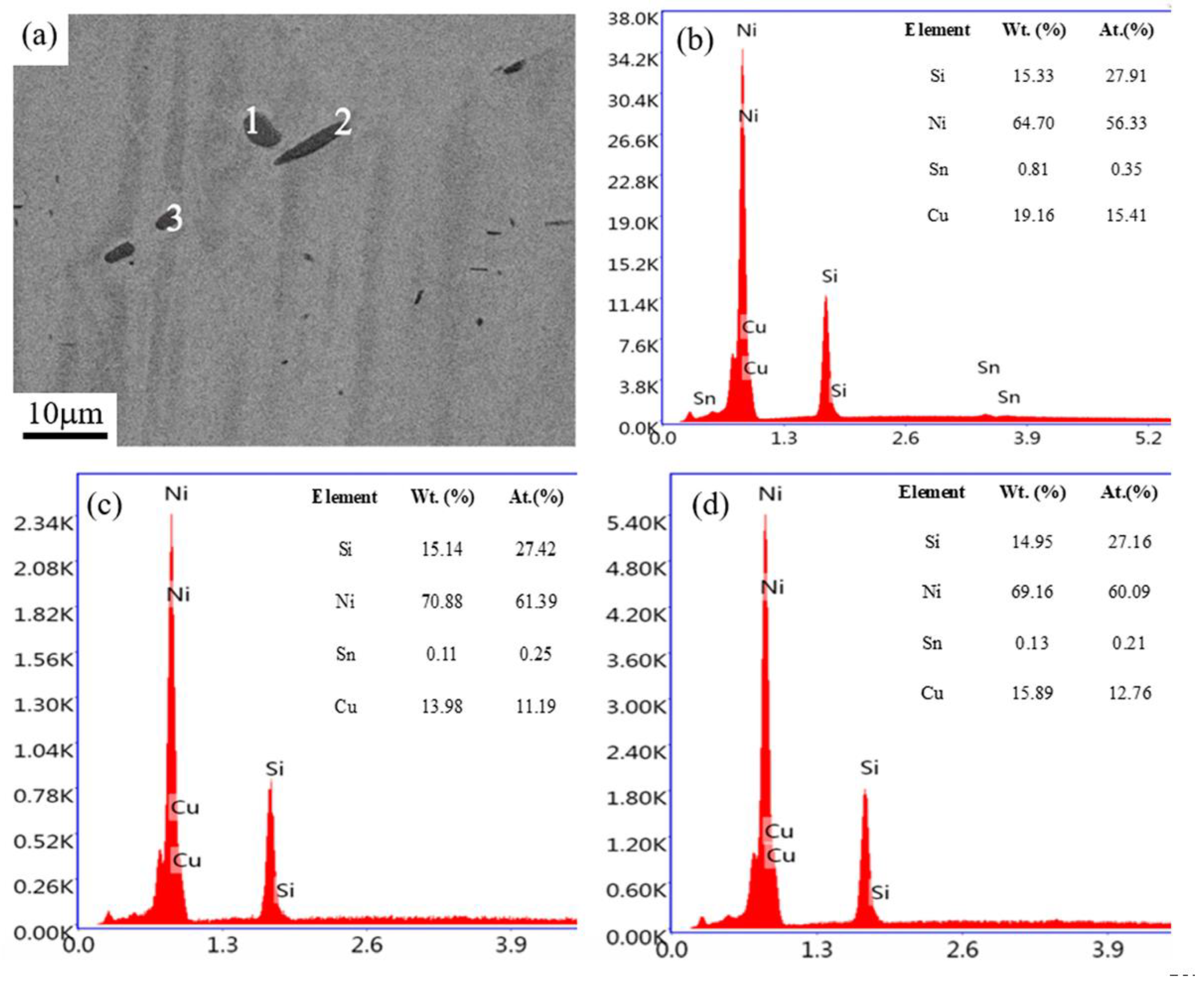
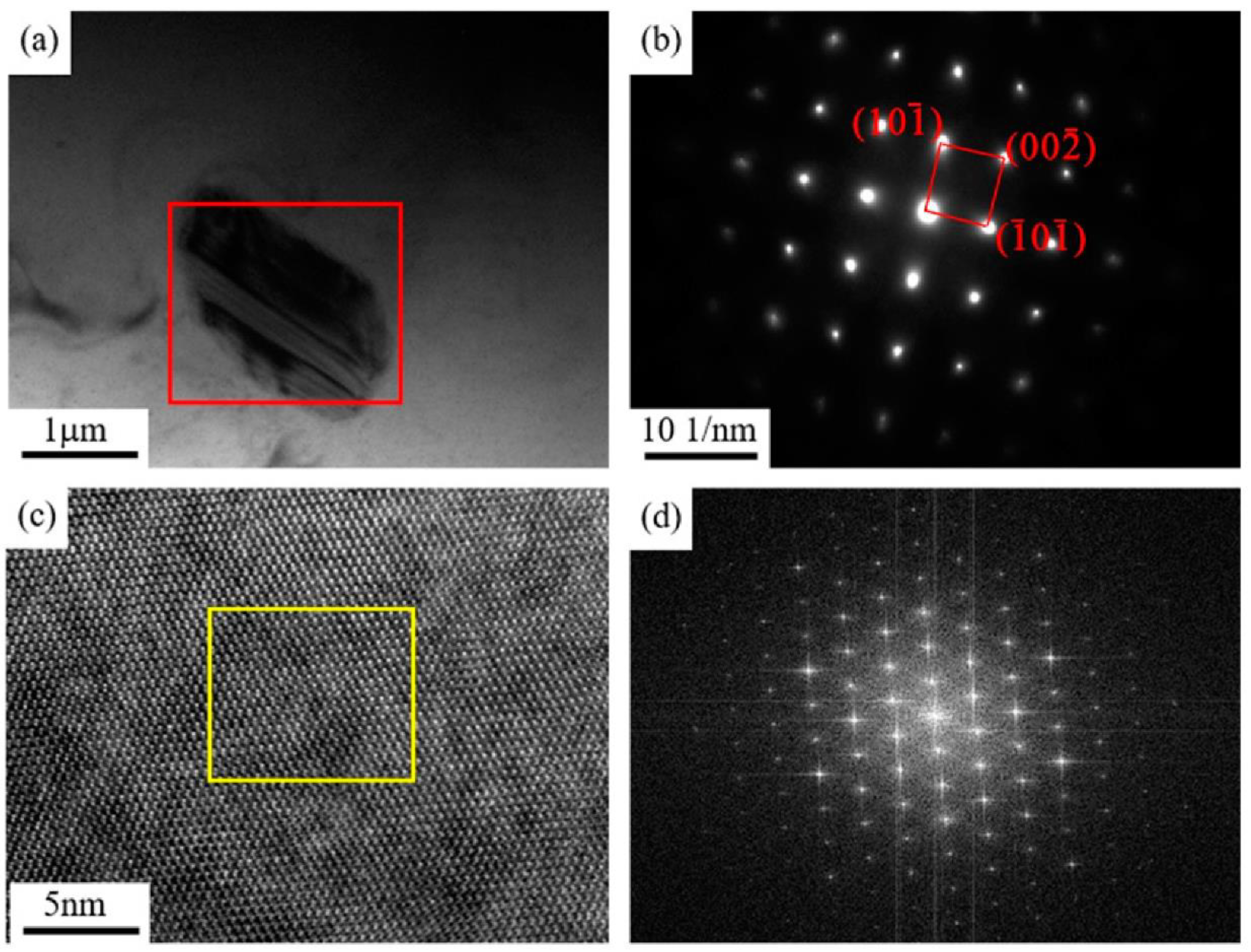
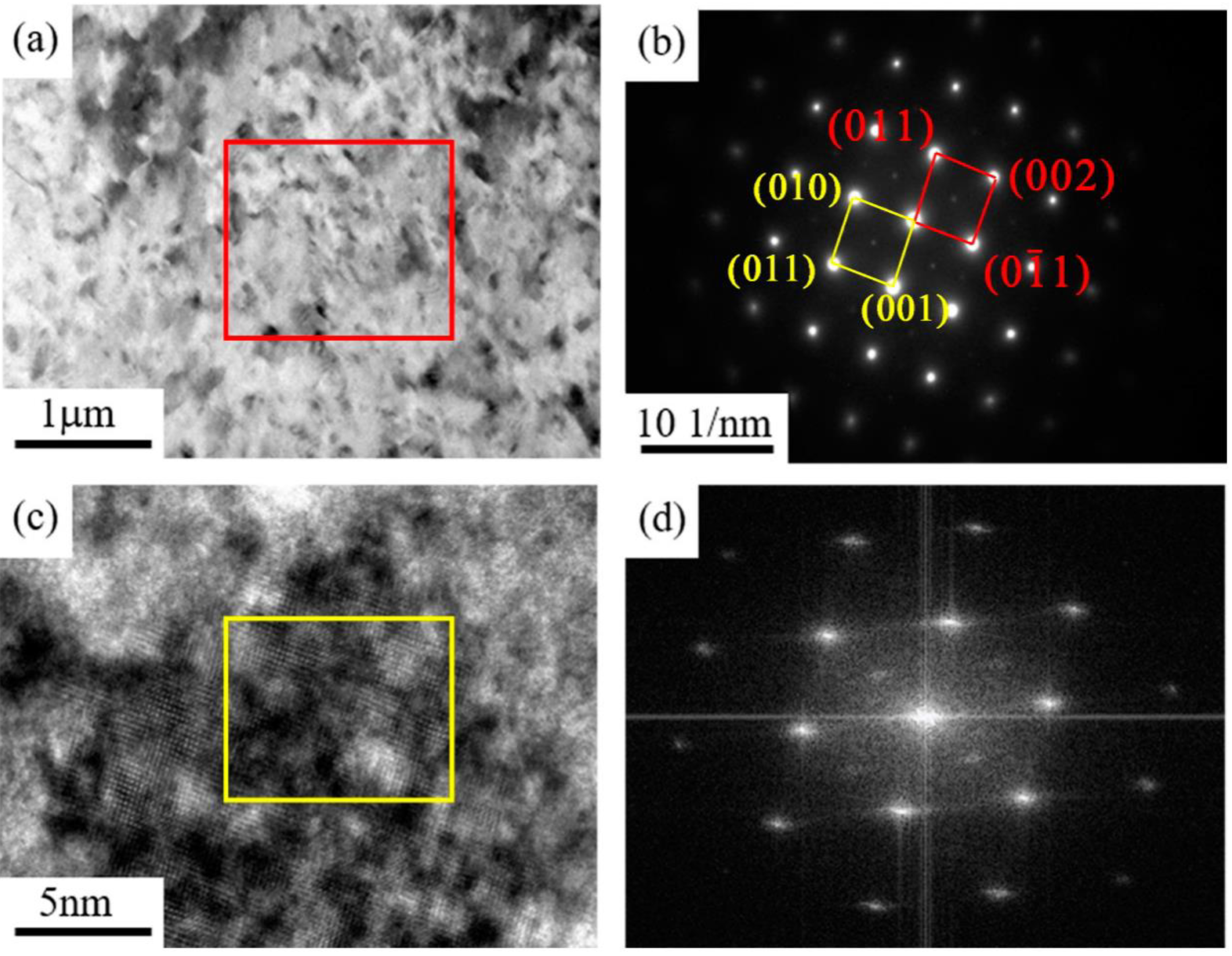

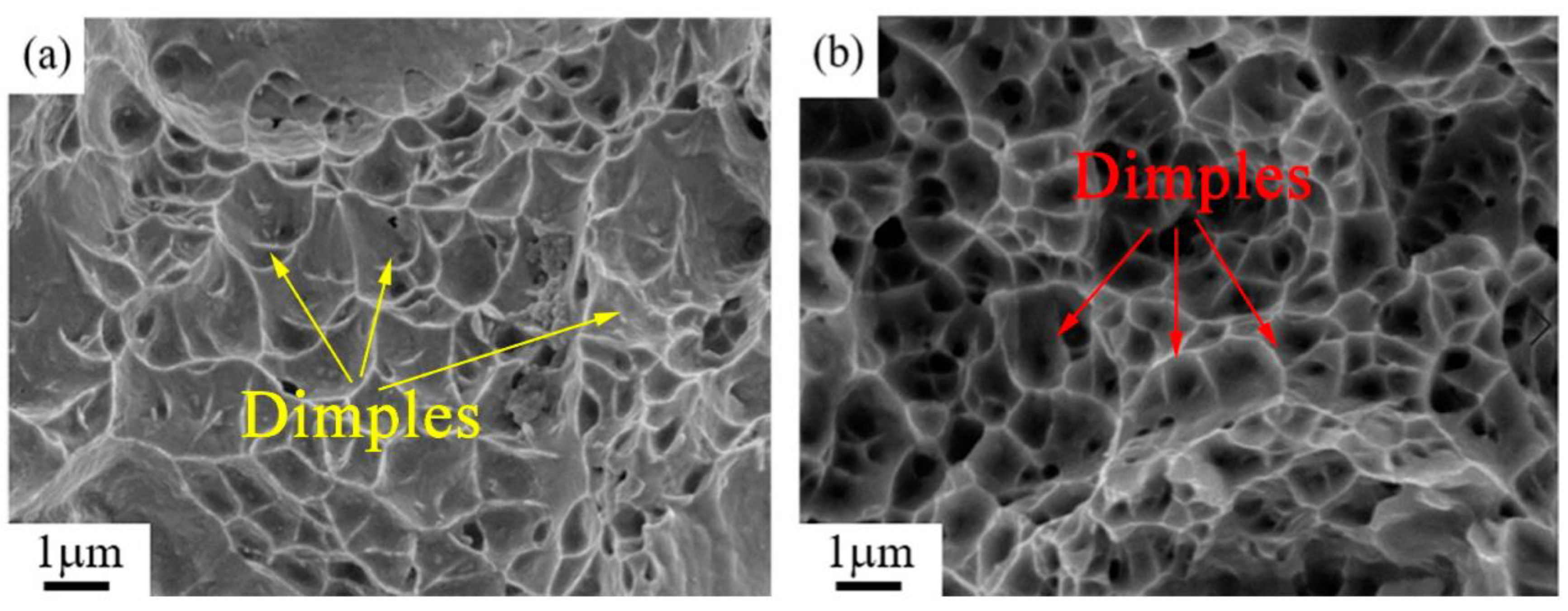
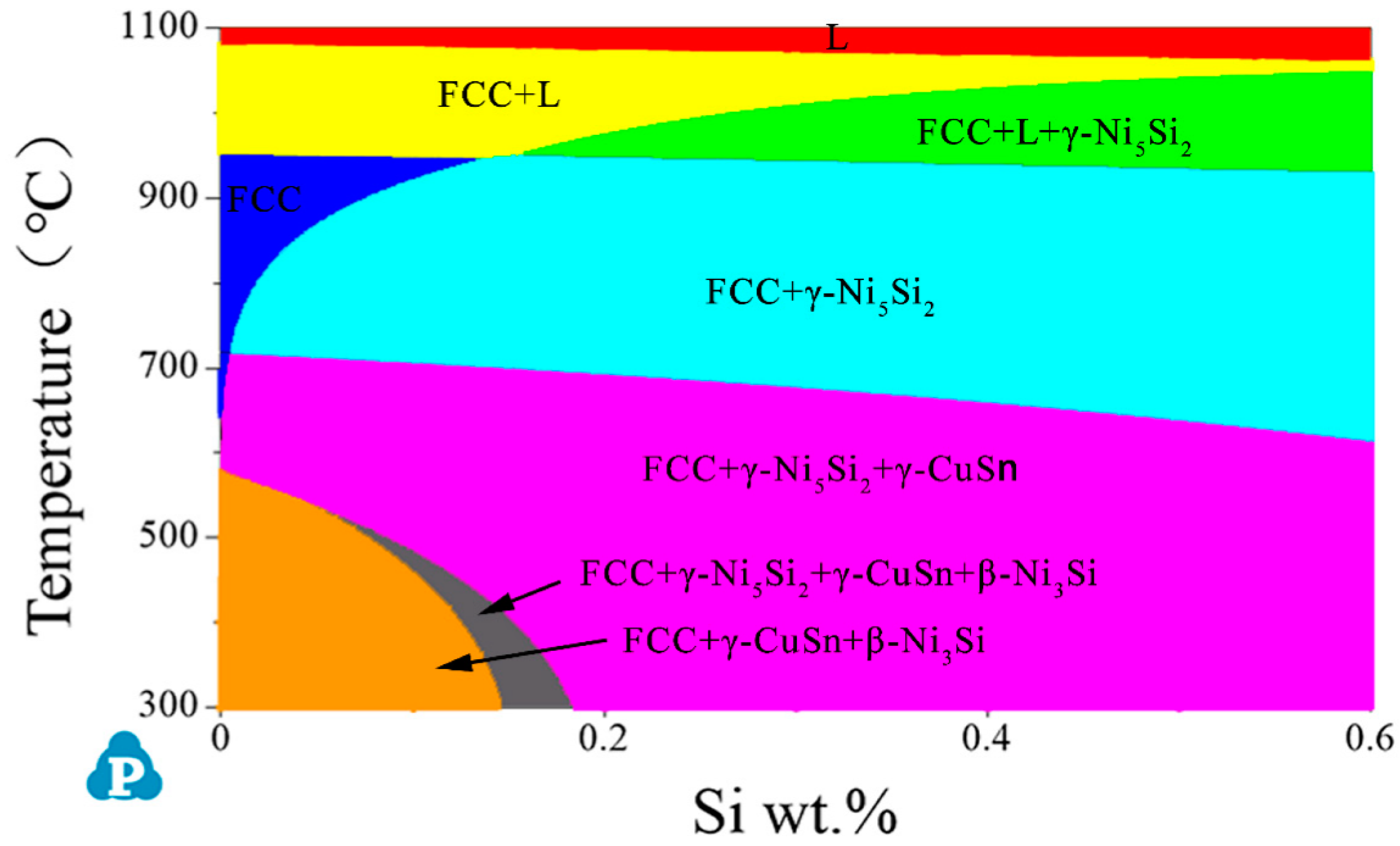
| Element | Ni | Sn | Si | Cu |
|---|---|---|---|---|
| Wt (%) | 6.12 | 5.86 | 0.61 | Balance |
| Tensile Properties | As-Rolled | As-Annealed |
|---|---|---|
| Tensile strength (MPa) | 725 | 965 |
| Elongation (%) | 7 | 12 |
Publisher’s Note: MDPI stays neutral with regard to jurisdictional claims in published maps and institutional affiliations. |
© 2021 by the authors. Licensee MDPI, Basel, Switzerland. This article is an open access article distributed under the terms and conditions of the Creative Commons Attribution (CC BY) license (https://creativecommons.org/licenses/by/4.0/).
Share and Cite
Liang, Z.; Fan, W.; Wang, P.; Wang, Y.; Zhang, K.; Zhao, J.; Peng, L. Revealing the Effect of Phase Composition and Transformation on the Mechanical Properties of a Cu–6Ni–6Sn–0.6Si Alloy. Materials 2021, 14, 5201. https://doi.org/10.3390/ma14185201
Liang Z, Fan W, Wang P, Wang Y, Zhang K, Zhao J, Peng L. Revealing the Effect of Phase Composition and Transformation on the Mechanical Properties of a Cu–6Ni–6Sn–0.6Si Alloy. Materials. 2021; 14(18):5201. https://doi.org/10.3390/ma14185201
Chicago/Turabian StyleLiang, Zhuanqin, Wenxin Fan, Pengfei Wang, Yushuai Wang, Kai Zhang, Junsheng Zhao, and Lijun Peng. 2021. "Revealing the Effect of Phase Composition and Transformation on the Mechanical Properties of a Cu–6Ni–6Sn–0.6Si Alloy" Materials 14, no. 18: 5201. https://doi.org/10.3390/ma14185201





